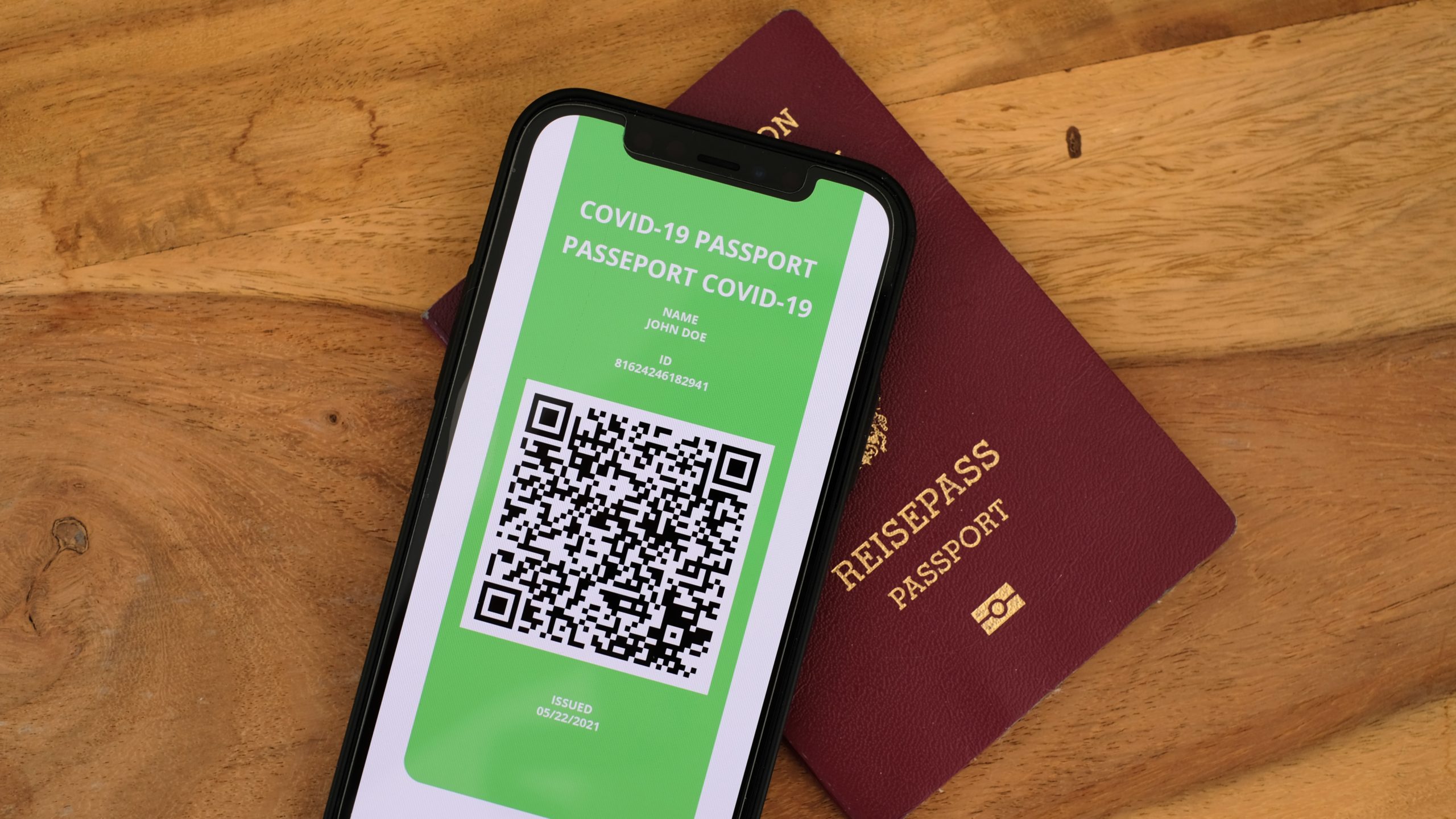The NGMN Alliance has published a report comparing the initiative’s visions on 6G to the recently approved ITU framework for the next generation of mobile communications.
According to the document, several aspects of the ITU’s framework align with previous publications NGMN has released. It analysed the following points:
- Use cases: the same set of use cases are identified in each case, although with slightly different grouping. Both the IMT-2030 framework and NGMN recognise that not all new capabilities are always necessary in all locations and should be able to be deployed as and when required in a modular manner. NGMN further noted that use cases are “provisional” in the sense that many could be served over advanced 5G networks.
- Capabilities: The document says that both NGMN and IMT- 2030 recognise that capabilities are application and environment-specific. However, NGMN also highlights practical issues related to deployment, such as site densification and environmental, energy and economic trade-offs that need to be considered.
- Relationship between IMT-2030 and existing IMT: similar position between NGMN and ITU.
- Relationship between IMT-2030 and other access systems: similar position between NGMN and ITU.
- Timelines: even though NGMN does not explicitly acknowledge that it’s clear they work with similar timeframes, with the 2030s as a potential decade of deployment.
Luke Ibbetson, Member of the NGMN Alliance Board and Head of Group R&D at Vodafone, said that the publication underlines the importance of investment confidence for operators to deliver tangible value to customers while ensuring the commercial sustainability of current and future networks.
“The capabilities identified for IMT-2030 should be able to be deployed as and when required, without compromising existing core connectivity services, and reflect a customer need that generates new value,” he added.
NGMN Recommendations
In addition to the comparisons, the document also provides recommendations for the next steps of the standardisation process. Those include:
- Evaluation should include the interworking of IMT-2030 candidates with non-IMT systems.
- NGMN would like to reinforce the importance of global standards for mobile networks within industry consensus-based standards organisations, e.g., 3GPP, which are necessary to drive economies of scale and support the significant investment required to develop new IMT products.
- Any new radio interface must demonstrate significant benefits over and above IMT-2020 in key metrics such as spectral and energy efficiency, overall energy consumption reduction, and cost advantages.
- Further work would be beneficial, as input to the process and next steps, to understand the commercial imperative for any extreme requirements of IMT-2030.
The full report is available on NGMN’s website.







